Pineapple Guava Plant Live for Planting – Edible Fruit Tree – 4-8 inches
Original price was: $56.99.$36.99Current price is: $36.99.
Enjoy delicious, homegrown fruit with the Coolidge Pineapple Guava. This self-fertile, early-ripening variety thrives in Northwest gardens. Get a bare root tree, 10-14 inches tall, perfect for outdoor planting and potted growth. Produces large, tasty, dark green fruit.
Estimated arrival
Nov 30
Dec 05 - Dec 07
Dec 10 - Dec 14
Reasonable Price
We offer reasonable price

Support 24/7
Contact us 24 hrs a day

100% Money Back
You've 30 days to Return

Payment Secure
100% secure payment
Grow Your Own Delicious Pineapple Guava
The Pineapple Guava is a fantastic addition to any garden, especially for Northwest gardeners. This variety is known for its early ripening and self-fertile nature, ensuring a good crop of large, dark green, and incredibly tasty fruit. Get ready to enjoy the unique flavor of homegrown pineapple guava!
Planting and Protection Tips
When planting your pineapple guava, consider its needs for sunlight and protection. While it thrives in part-sun to part-shade, a minimum of 6 hours of daylight is recommended for optimal fruit production. In hotter climates, provide afternoon shade to prevent heat stress. Protect your feijoa from high winds by planting it near a wall or fence. For added frost protection during cold snaps, simply drape it with a bed sheet or frost blanket.
Soil and Mulch Requirements
Pineapple guava adapts well to average garden soil but flourishes in moderately rich, well-drained soil with a pH between 5.5 and 7.0. Ensure the planting location has good drainage to avoid constantly soggy soil, which can be detrimental. Improve soil drainage with horticultural sand or pumice. Enhance nutrient content by incorporating aged compost or worm castings. Finish by applying an inch or two of mulch around the base to protect the shallow roots, helping retain moisture and suppress weeds.
Watering and Fertilizing
Moderate watering is key for pineapple guava. Aim for consistently damp, but not soggy, soil. Overwatering, especially in winter, can lead to root rot. Once established, feijoa becomes quite drought-tolerant, but inadequate water can result in poor fruit production. To encourage better flower and fruit production, apply a slow-release, well-balanced fertilizer once or twice a year. Supplement with a fresh layer of compost mulch for added nutrients.
Pest and Disease Resistance
One of the best features of pineapple guava is its remarkable resistance to diseases and pests. It is deer-resistant, and rodents rarely bother the fallen fruit. Birds may enjoy the flower petals, but that’s a positive as they aid in pollination. In California, watch out for black scale, which can be treated with neem oil, ensuring your plant stays healthy and productive.
Frequently Asked Questions About Coolidge Pineapple Guava
- How big will my Coolidge Pineapple Guava plant get? The plant you receive will be 10-14 inches tall. Mature size varies but typically reaches 10-15 feet in height and width.
- What kind of soil is best for my Pineapple Guava? Plant in well-draining soil with a pH between 5.5 and 7.0. Avoid soggy conditions.
- How often should I water my new Guava plant? Water moderately, keeping the soil consistently damp but not waterlogged. Reduce watering in the winter months.
- Is this plant self-fertile, or do I need another one for fruit production? The Coolidge variety is self-fertile, meaning it can produce fruit on its own.
- What USDA hardiness zone is suitable for this plant? This plant is best suited for USDA zones 8-11.
Be the first to review “Pineapple Guava Plant Live for Planting – Edible Fruit Tree – 4-8 inches”

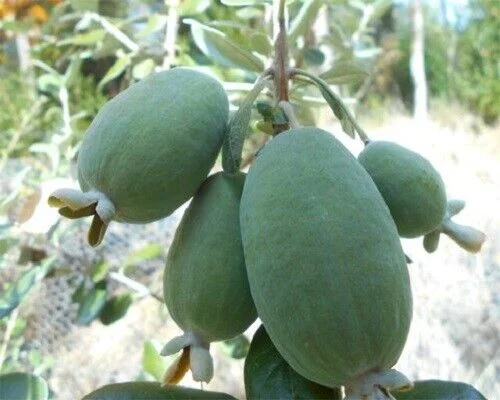

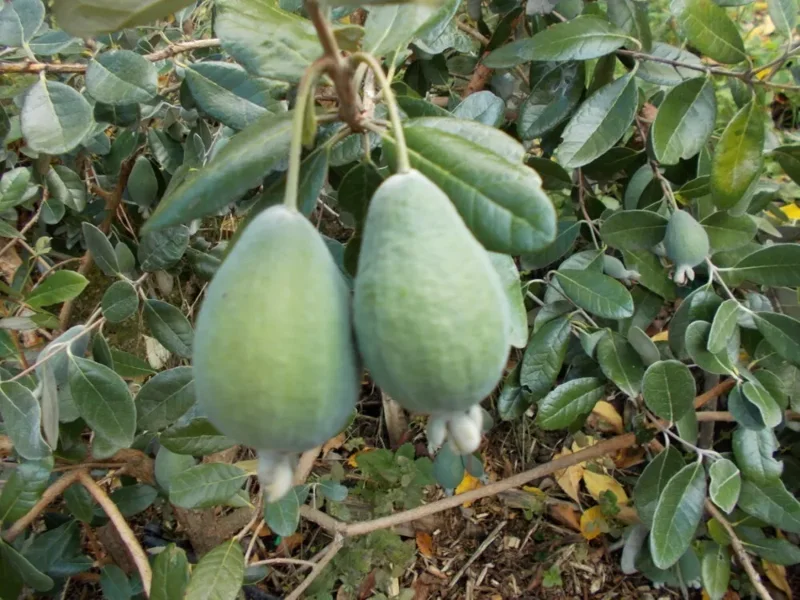
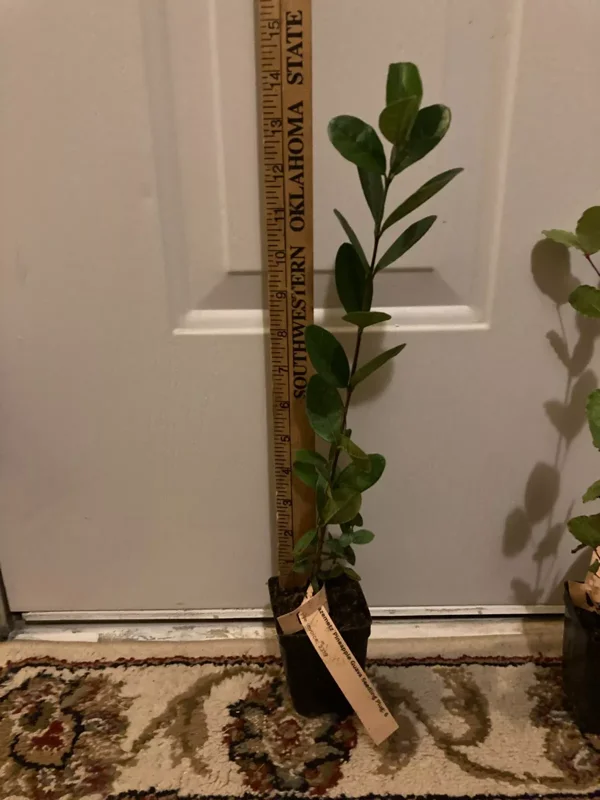
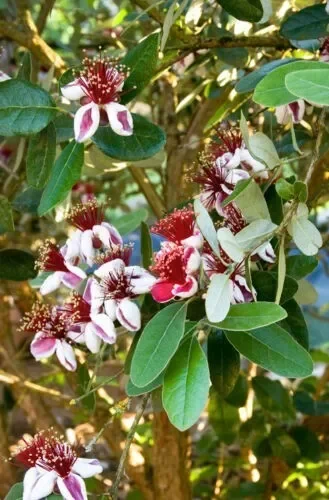

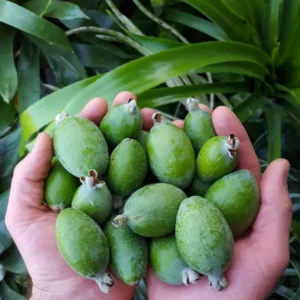
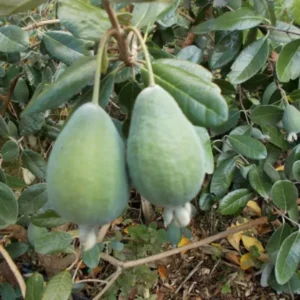
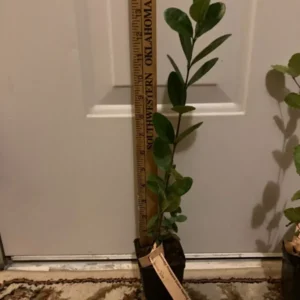
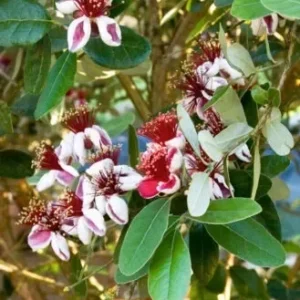

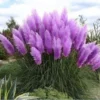
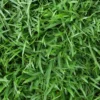


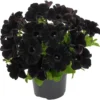
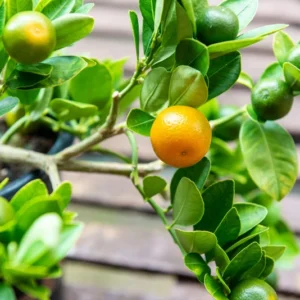
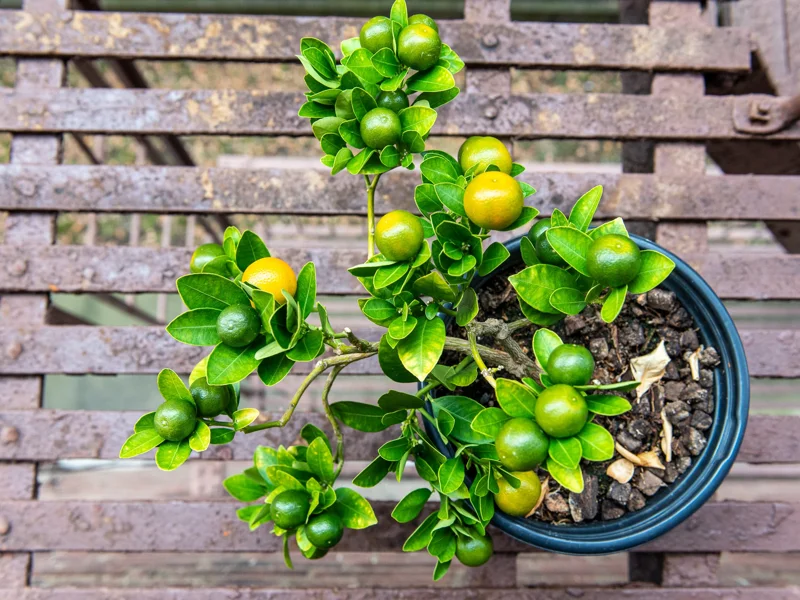
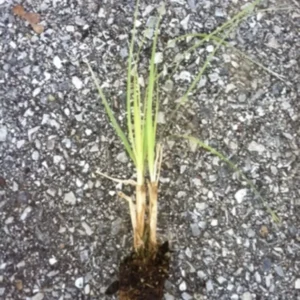
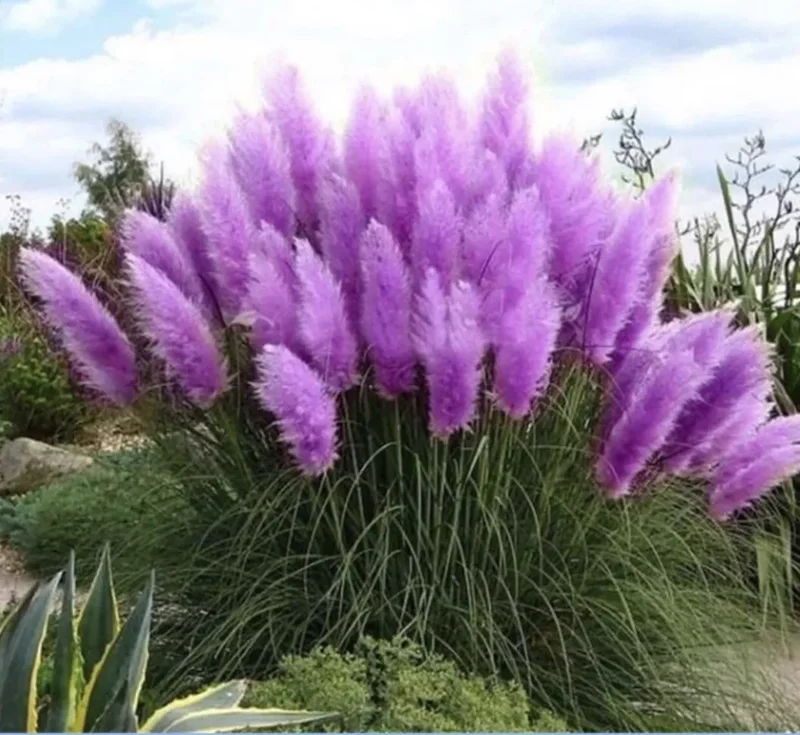
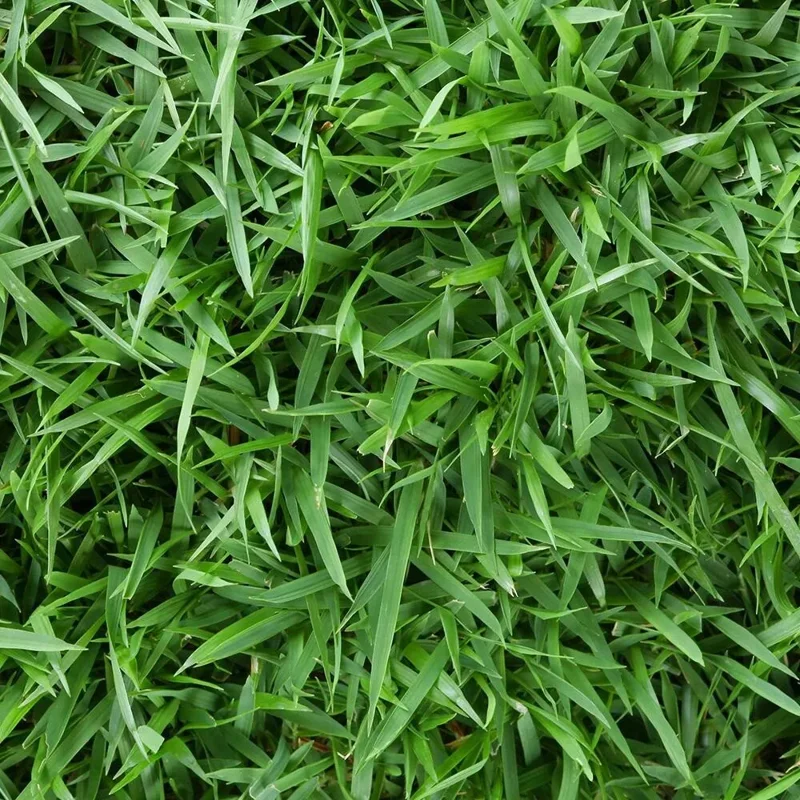

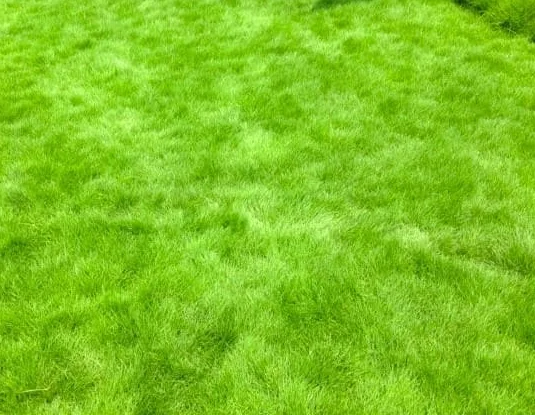

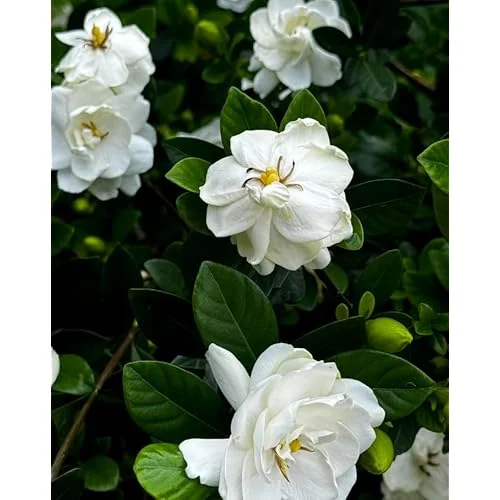
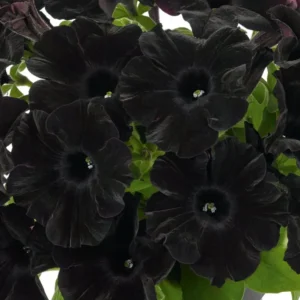
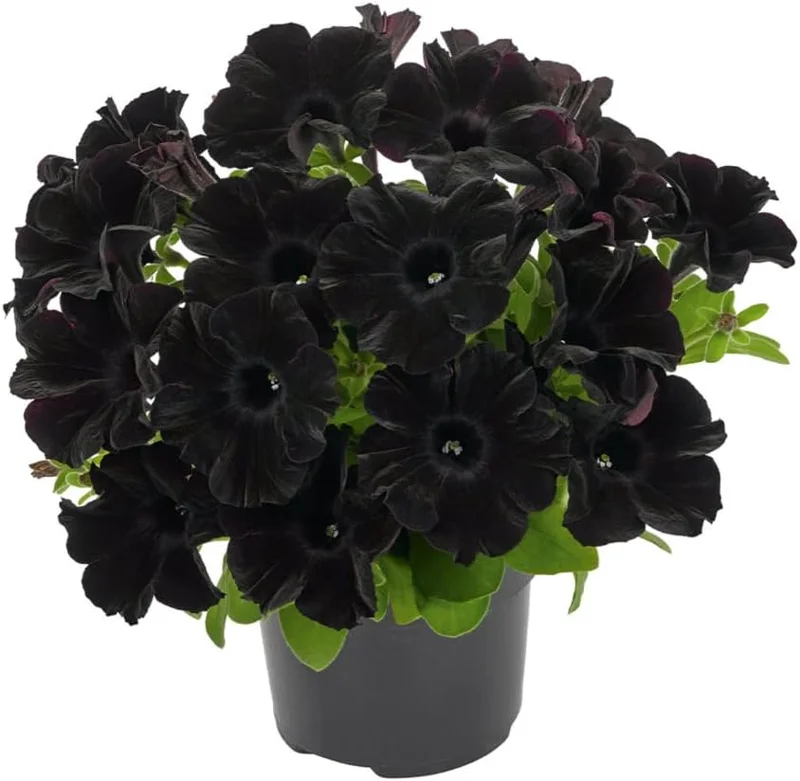
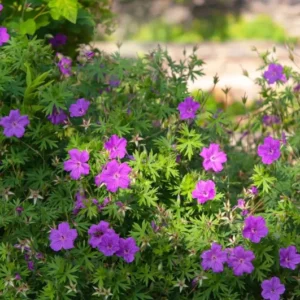
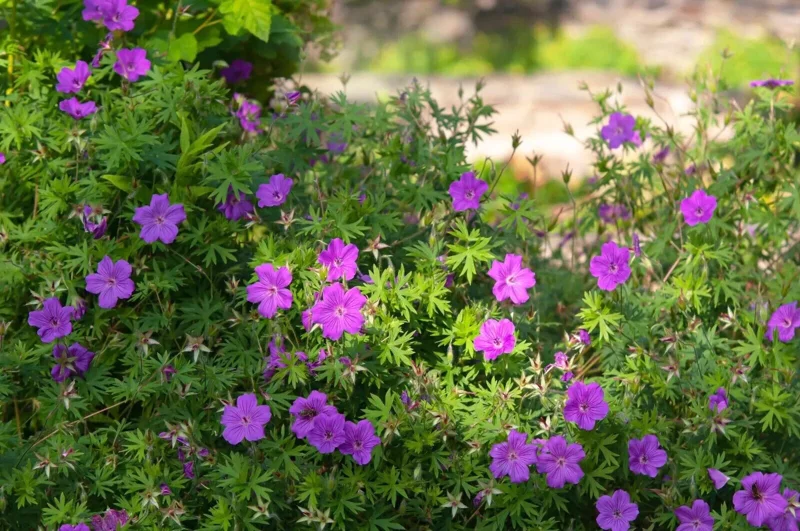
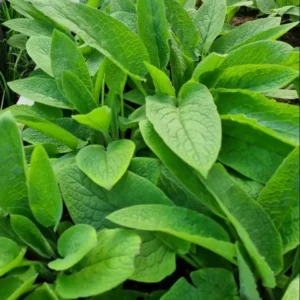
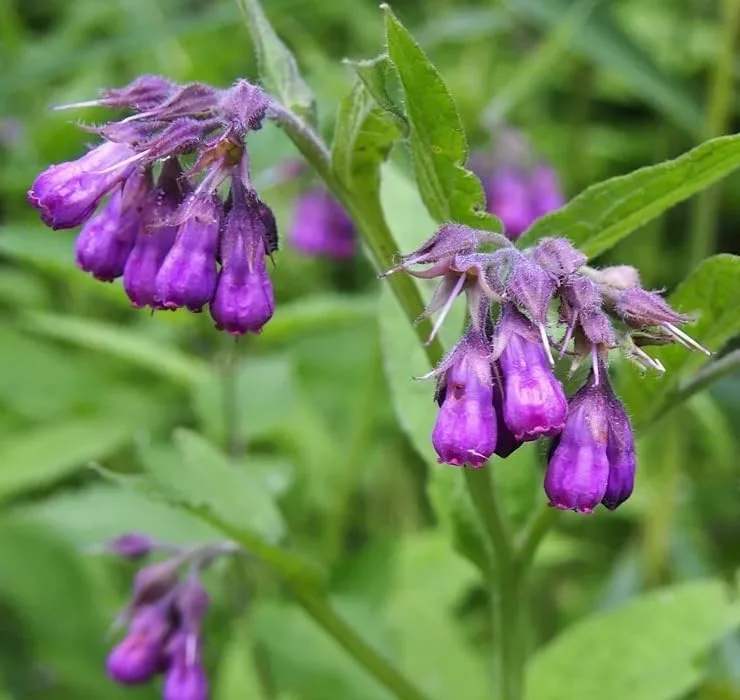
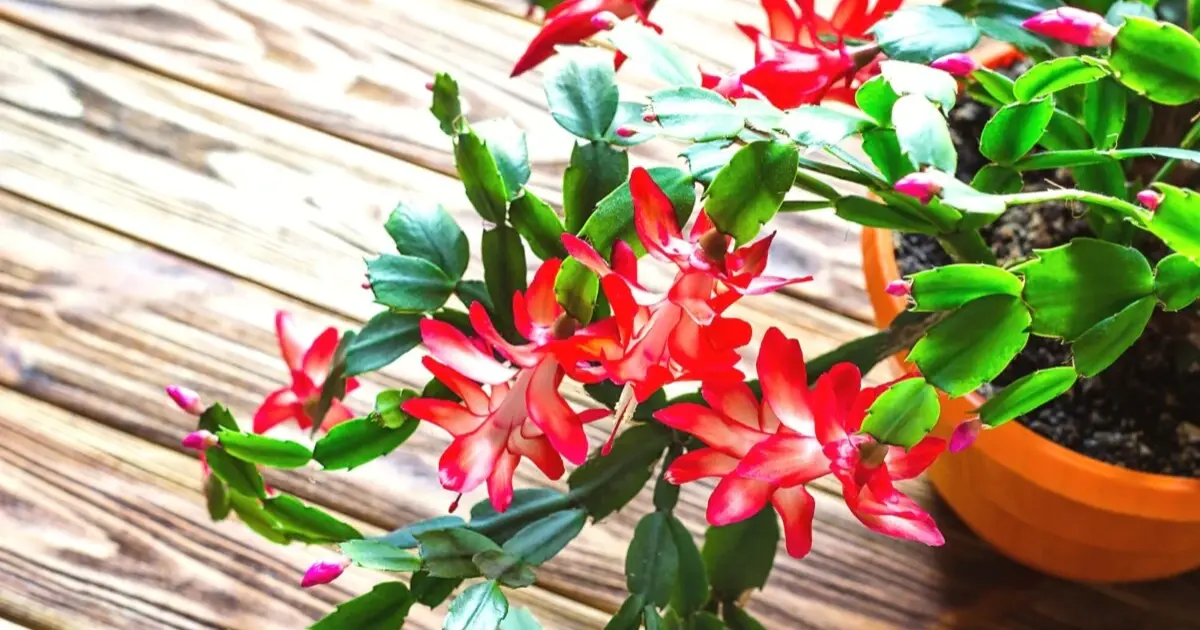
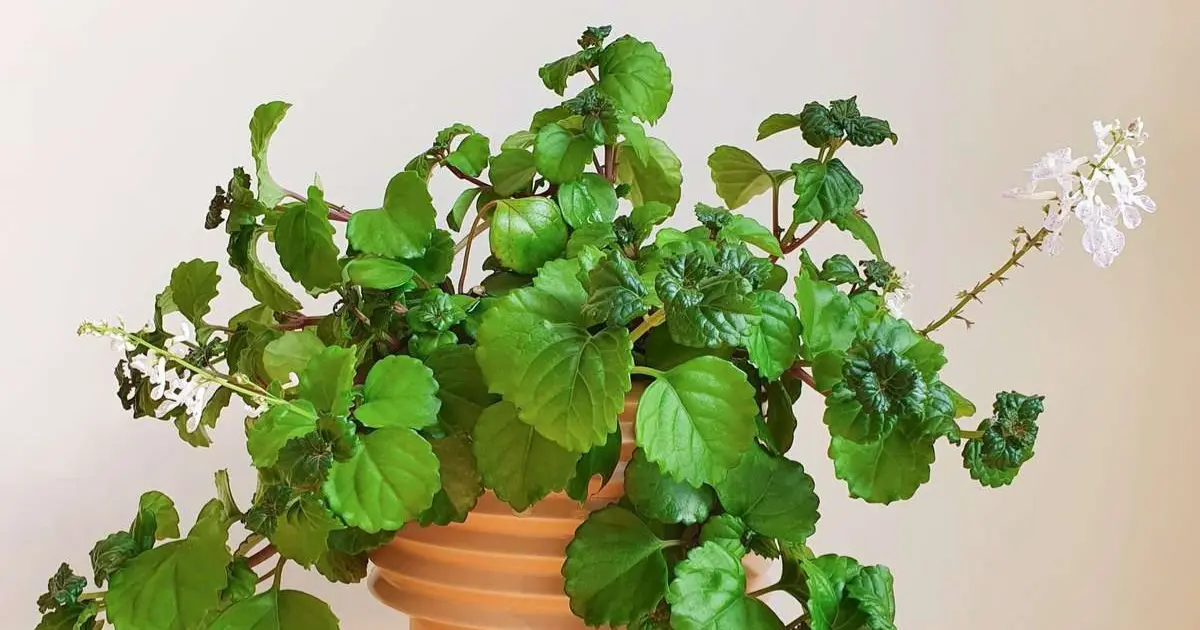
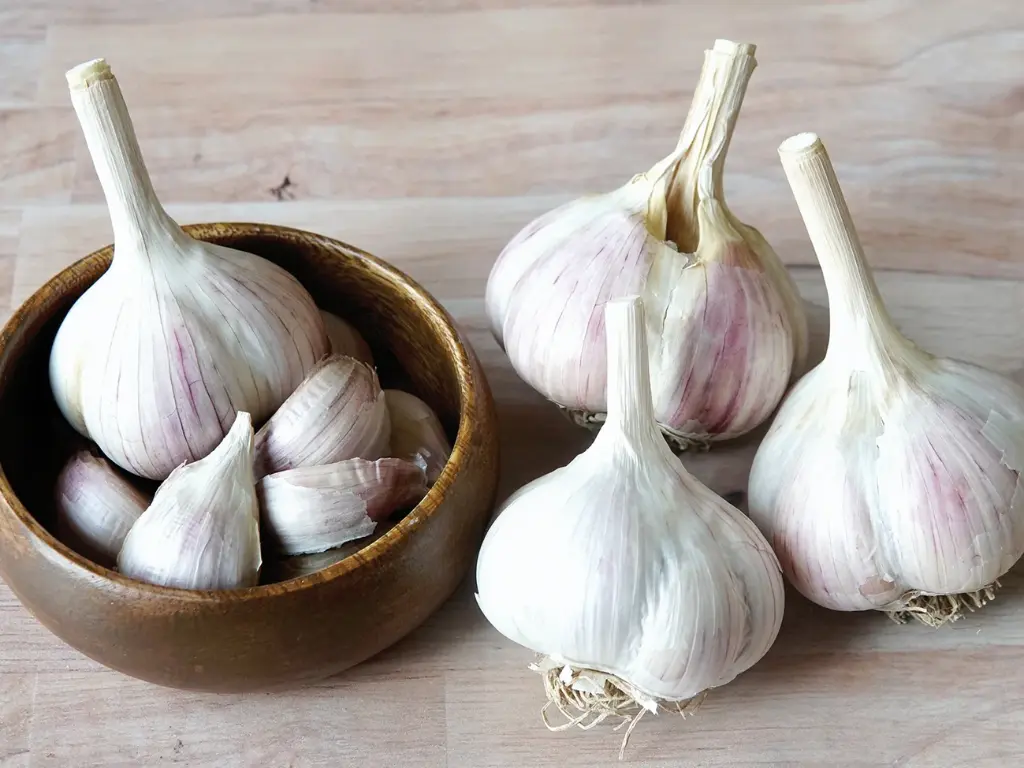
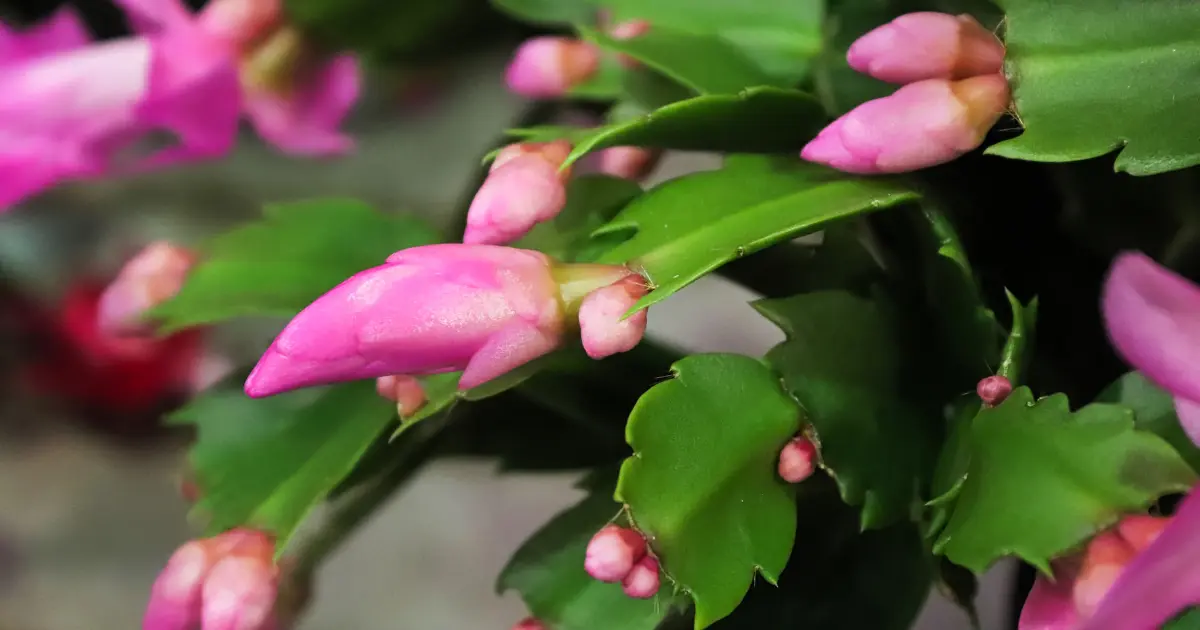

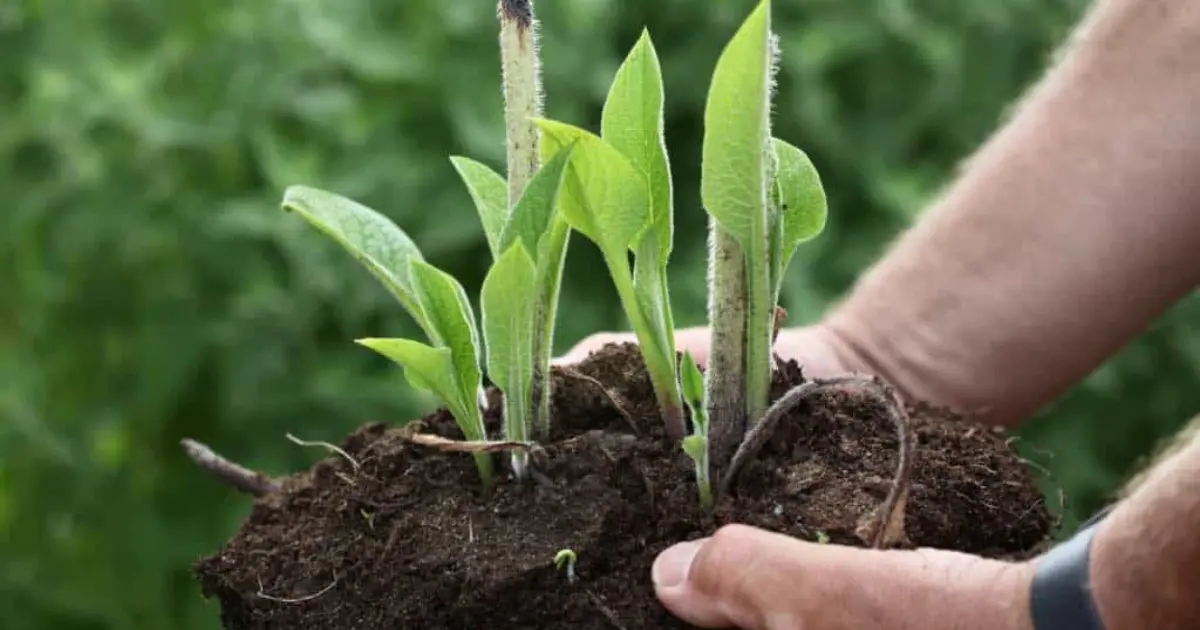
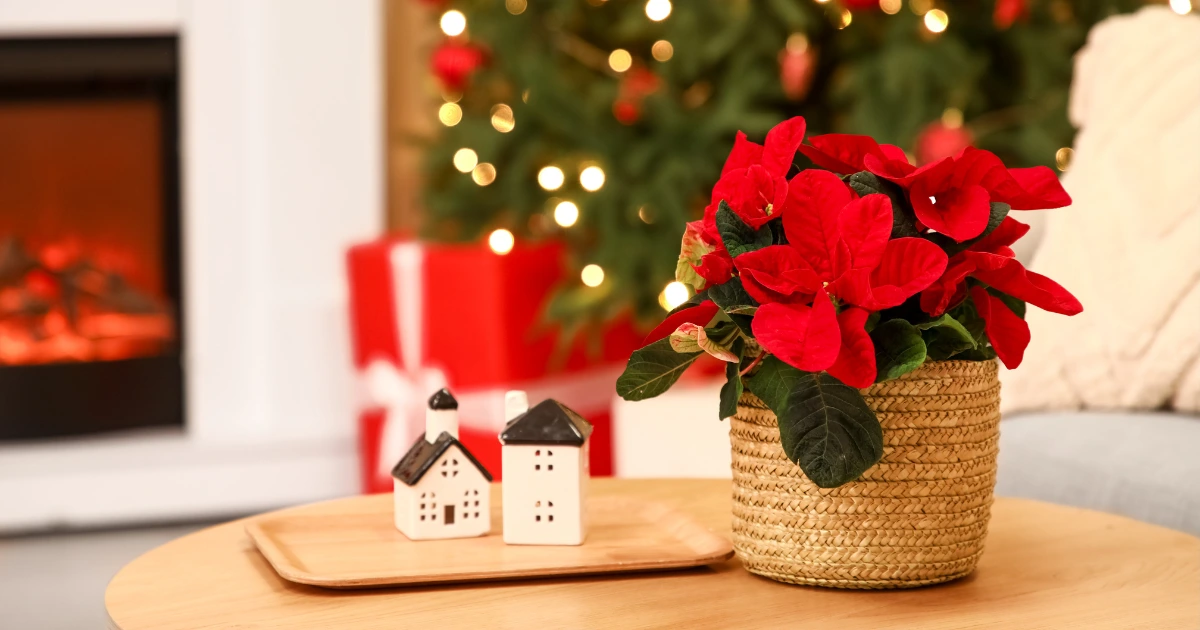


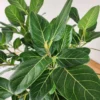

Reviews
There are no reviews yet.